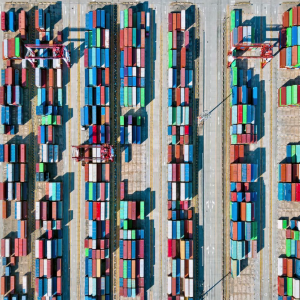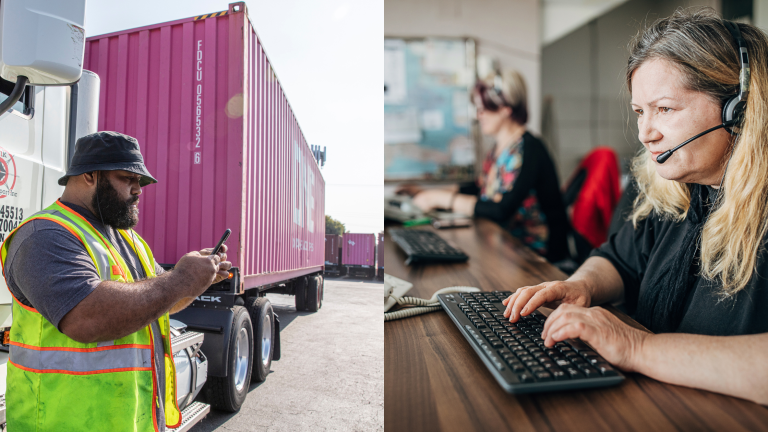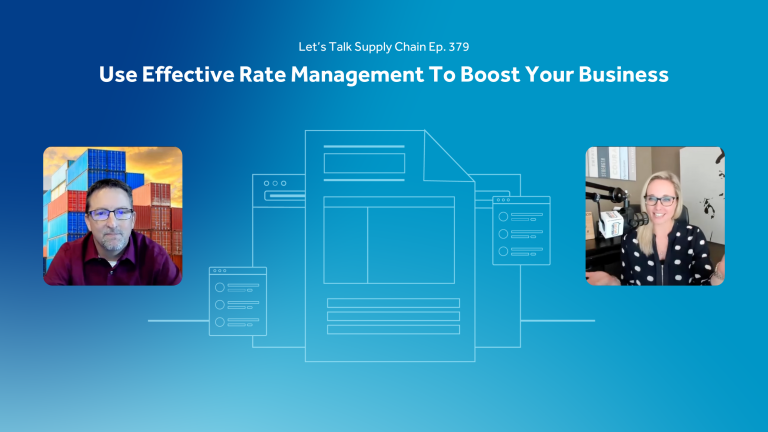The term drayage, as well as the practice, has a long history dating back before the Industrial Revolution.
The term originated during the days of horse-drawn carriages, when transporters would pick up cargo and deliver across short distances to ports or warehouses. After 1900, this practice was assumed by trucks on local roadways.
Today the term is mostly used by the container shipping and intermodal industry to describe the first and last mile transport of containerized cargo.
Drayage has five common classifications:
- Expedited drayage – fast road transport of time sensitive goods
- Door moves – international container moves to or from a customer location
- Domestic drayage – power for first or last mile transport of domestic 53′ intermodal units
- Pier drayage – transporting the intermodal unit from a port terminal to a local warehouse or CY
- Drop-and-hook – movement of intermodal containers betwen ports and ramps and customer yards for eventual unloading and return
Technology has also driven major advancements with focus on initiatives like low emission trucks and computerized tracking systems.
In today’s world of connectivity, DrayMaster can integrate into a transportation management system, commonly known as TMS, and bring accurate dynamic drayage rate information. This might be missing from your company’s workflow today causing significant down-stream confusion and rework.




